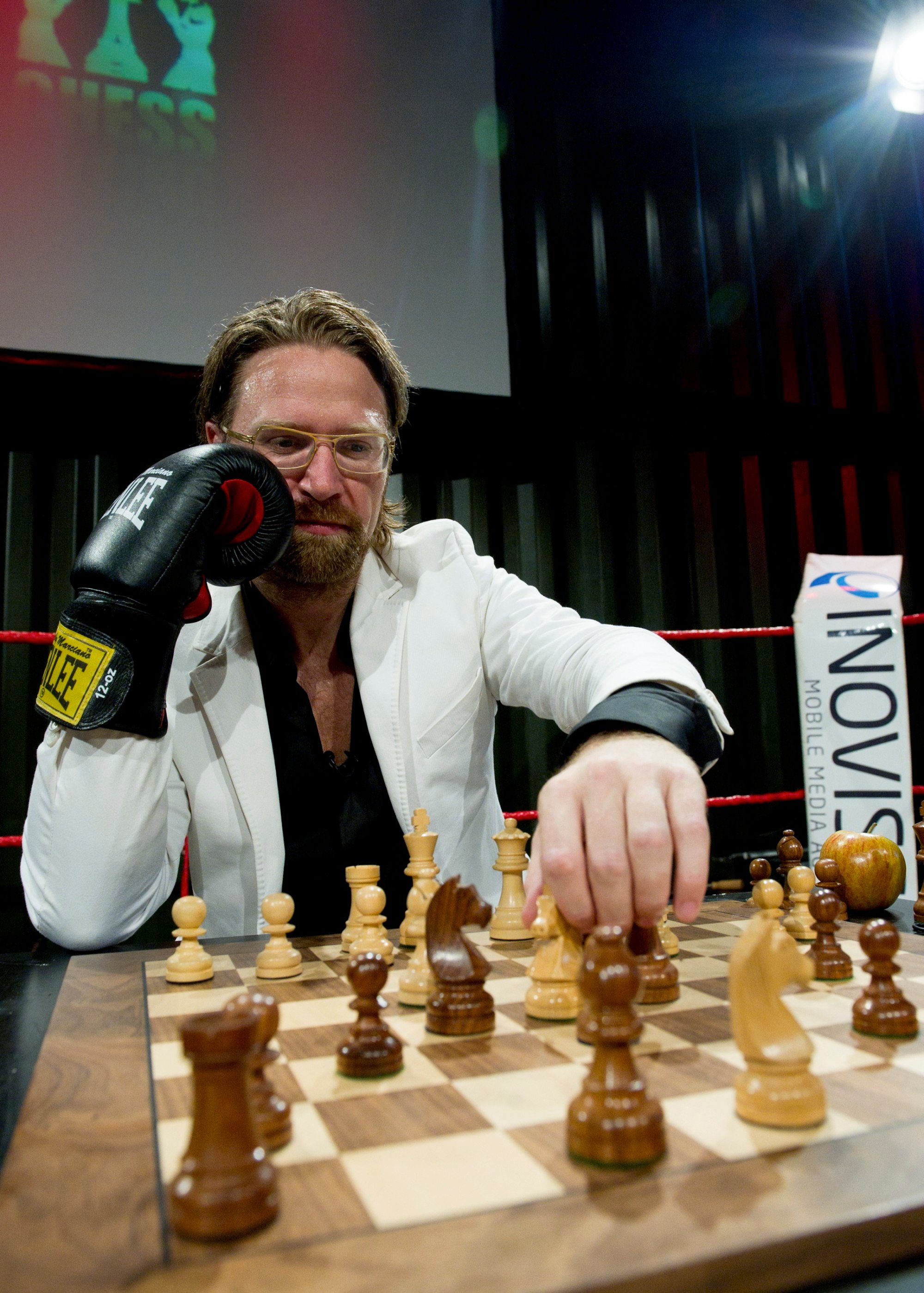Such is chess boxing, in which players alternate between rounds of chess and boxing, requiring mental and physical alertness.

It starts with four minutes of chess, followed by three in the ring. During the minute’s break between rounds, players must don or remove gloves and headphones. There are six rounds of chess and five of boxing, with players able to end the contest by knockout or checkmate.
“The challenge is to get yourself under control after a round of boxing so that you can make a strong move on the chessboard,” Montu Das, president of the World Chess Boxing Organisation (WCBO), said.
The championship’s fifth edition featured 82 participants in more than a dozen categories, with five continents represented. Das indicated that the governing body, whose membership has grown to 52 countries, hopes to expand it further next time.
Fast gaining popularity, especially in India, chess boxing is said to have developed from an image of men boxing on a chessboard in 1992 comic book The Nikopol Trilogy. Dutch artist Iepe Rubingh was inspired to try it, staging the first known bout in Amsterdam in 2003 and founding the Berlin-based WCBO.
The first European championship took place in the German city in 2005 when Tihomir Dovramadjiev of Bulgaria vanquished the host country’s Andreas Schneider, who conceded in the seventh (chess) round.
However, some believe the sport’s provenance can be traced to the 1970s in London, when two brothers grabbed headlines for playing chess after a few rounds of boxing at their gym.

This was picked up by Taiwanese filmmaker Joseph Kuo, whose 1979 kung fu movie The Mystery of Chess Boxing narrates the story of a boy who sets about avenging his father’s death by applying principles of Chinese chess, or xiangqi, to martial arts.
Das, who introduced the sport in his native India, is driving the WCBO to spread the word by promoting it, staging fights and building “a worldwide structure” of clubs and organisations.
“We’re hoping the sport will soon be included as an Olympic discipline and have written to the International Olympic Committee about it,” he said.
Tournaments have mushroomed across India, where the number of registered players has surged to about 1,200 – a third being women – while Aryan Surya underlined its growth by winning under-15 gold at last year’s global championships in Turkey.
Surya has been an avid chess player since he was six, and said his interest in chess boxing began during the pandemic.
“I underwent intense training for three months because it requires extreme agility and alertness,” he said. “You can’t have a strategy for winning. A single move on the chess board, or a punch, can make you lose or win.”
There are challenges in securing sponsorship or government help, but Das is hopeful that will change as visibility “will organically lead to sponsors and organisers stepping in”.
“Unlike chess, chess boxing matches take place in a closed ring, with thousands of people watching and cheering,” Das said. “Loud noise and harsh lights are part of the package. So one needs to develop a lot of mental acuity and control.”
Sneha Waykar, the Asian champion who took world silver last December, said unpredictability was its big draw.
“Unlike chess, one cannot go into boxing with a particular plan,” the 24-year-old said. “You have to be alert always.”
Stay connected with us on social media platform for instant update click here to join our Twitter, & Facebook
We are now on Telegram. Click here to join our channel (@TechiUpdate) and stay updated with the latest Technology headlines.
For all the latest Boxing News Click Here
